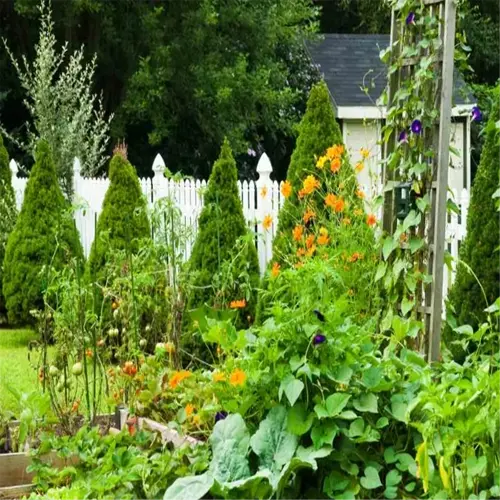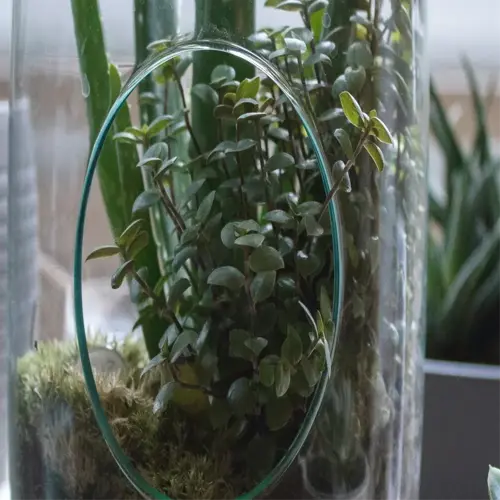What visual differences distinguish overwatering from underwatering?

Written by
Paul Reynolds
Reviewed by
Prof. Charles Hartman, Ph.D.Overwatering and underwatering lead to specific stress patterns, plants exhibit limp yellow leaves and root rot with overwatering, and crispy brown edges of the leaves accompany underwatering and dehydration. Evaluating the texture of the soil will provide clues, as saturated media will indicate overwatering and root rot; plants that experience chronic periods of underwatering produce cracked hydrophobic dirt.
Leaf Symptoms
- Overwatered: Uniform yellowing with soft texture
- Underwatered: Brown edges curling inward
- Both conditions may cause leaf drop
- Overwatering affects new growth first
- Underwatering targets oldest leaves
Soil Indicators
- Overwatered: Mold growth on surface
- Underwatered: Soil pulls from pot edges
- Soggy soil smells sulfurous
- Dry soil repels water initially
- Hydrophobic soil requires soaking
Root Health
- Overwatered roots: Black and slimy
- Underwatered roots: Brittle and dry
- Healthy roots remain white/yellow
- Rotted roots lack flexibility
- Dehydrated roots snap easily
Once a client gifted me a peace lily that exhibited both problems: yellow lower leaves and dry topsoil. When I dug down into the root ball, I discovered core rot in the center of the ball from the plant having been soggy, while the outer roots were dehydrated. This was a hybrid case, and required me to partially repot the plant and to rehydrate it in stages.
To prevent misdiagnosis, investigate multiple signals. Use a moisture meter in different parts of the pot at different root depths, and check roots every month. Keep a journal of watering dates and responses of the plant. Watering and drying routines need to change through the seasons (winter dormancy means plants do not drink too much water during winter).
Read the full article: 7 Key Signs of Overwatering Plants to Spot Early

